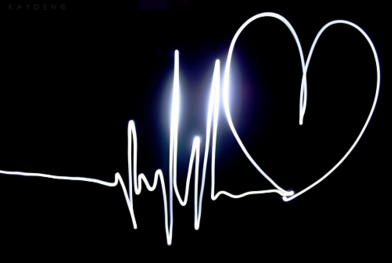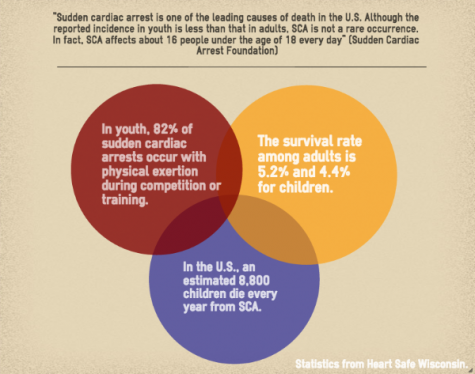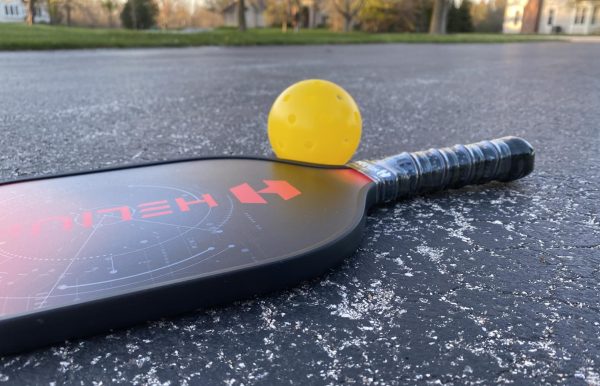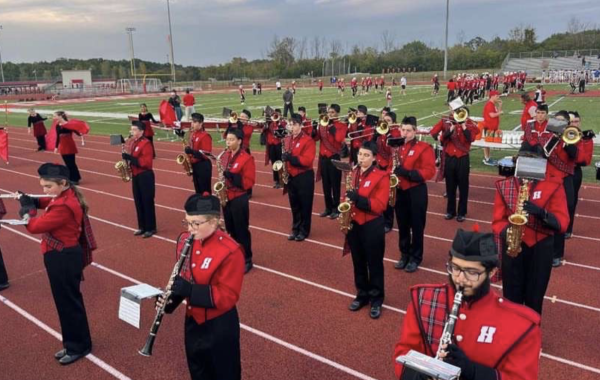American Heart Month: A concern for athletes

Used with permission from Getty Images
Although many healthy, athletic teenagers may not pay attention to heart health, many underlying heart problems may go unnoticed.
American Heart Month is well underway, yet many of Homestead’s heart-healthy students may be unaware. However, all students, especially Homestead’s seemingly healthy athletes, should pay attention to their hearts, as, according to HeartSafe Wisconsin, 8,800 youth die from an out-of-hospital sudden cardiac arrest event each year. Eighty-two percent of these events occur during physical activity.
Although some may believe such tragedies could not happen to them, SCAs have taken the lives of other youth athletes in nearby communities. For example, when their athletic, vivacious and seemingly healthy 10-year-old son Grant Schoen passed away from SCA in Oct. of 2013, Cedarburg residents Jeff and Tammy Schoen launched HeartSafe Wisconsin to protect other children and adults from the same fate. Similarly, in 2012, Josh Davis-Joiner, a 17-year-old from Grafton, suffered a SCA during basketball practice, which tragically and unexpectedly took his life.
According to J. Schoen, youth who suffer from out-of-hospital SCAs are usually unaware that they have an underlying heart condition until an event occurs. “The people that they identify with heart issues now, they generally wait until the person has an [SCA] event,” J. Schoen said. “And usually, the person doesn’t survive that first event.”
“If you are (an athlete), you become more prone, because as you increase your heart rate, and you do have one of these underlying heart conditions, you increase your risk,” he added.
Although he did not have a SCA, Alec Gertz, senior, experienced a heart-related scare during a swim meet this season, causing a need for intense testing and an eventual diagnosis of heart palpitations and flutters due to disordered electrical impulses. Upon preparing to swim the 500m freestyle, the nerves Gertz felt, as well as the physical stress he underwent, caused him to “feel [his] heart palpitate and start to flutter just before [he] finished the race,” according to Gertz. As he began to feel lightheaded and dizzy, he “panicked and jumped out of the pool,” and “laid on the floor clutching [his] chest and taking deep breaths.” Although he was aware of the prevalence of heart problems in his family, he was not aware of his own issue until this event occurred. According to HeartSafe, a family history of heart disease and of “unexpected sudden death under age 50” are risk factors for SCA. Other risk factors include fainting or seizures after physical activity or emotional excitement/distress, chest pain or discomfort, abnormal shortness of breath, abnormal fatigue and dizziness or lightheadedness during or after physical activity.
Similarly, senior Sydney Roeper’s experience as a hockey player uncovered her own heart condition: a heart murmur caused by an arrhythmia. “I would get really short of breath by the end of practice, but it wasn’t the typical shortness of breath that exercise would give you,” Roeper said.
According to the Heart Safe website, “The tragedy of these deaths for families and our communities is amplified when we realize how needless and preventable they are. One-third of these deaths may have been prevented through a simple, inexpensive heart screening.”
Thus, this past September, Heart Safe Wisconsin held its first ever free heart screening event for youth, providing electrocardiograms (EKG) to detect heart conditions that may have otherwise gone unnoticed. Although Heart Safe has not announced the date for another free heart screening event, other organizations have launched opportunities for heart screenings as well. According to Vascular Web, Wheaton Franciscan Medical Group in Milwaukee and Prevea Health in Green Bay, Marinette, Oconto Falls and Sheboygan offer heart screenings every month. Although these locations do charge a fee, the cost is a small price to pay for the benefit they provide.
“Athletes should definitely get tested for underlying heart issues, even if they don’t have symptoms,” Roeper said. “It’s ironic that athletes are the ones that have a greater chance of being affected by these issues if they already have them, but it’s a reality of physical exertion, which is why kids, especially athletes, should look into getting tested.”











